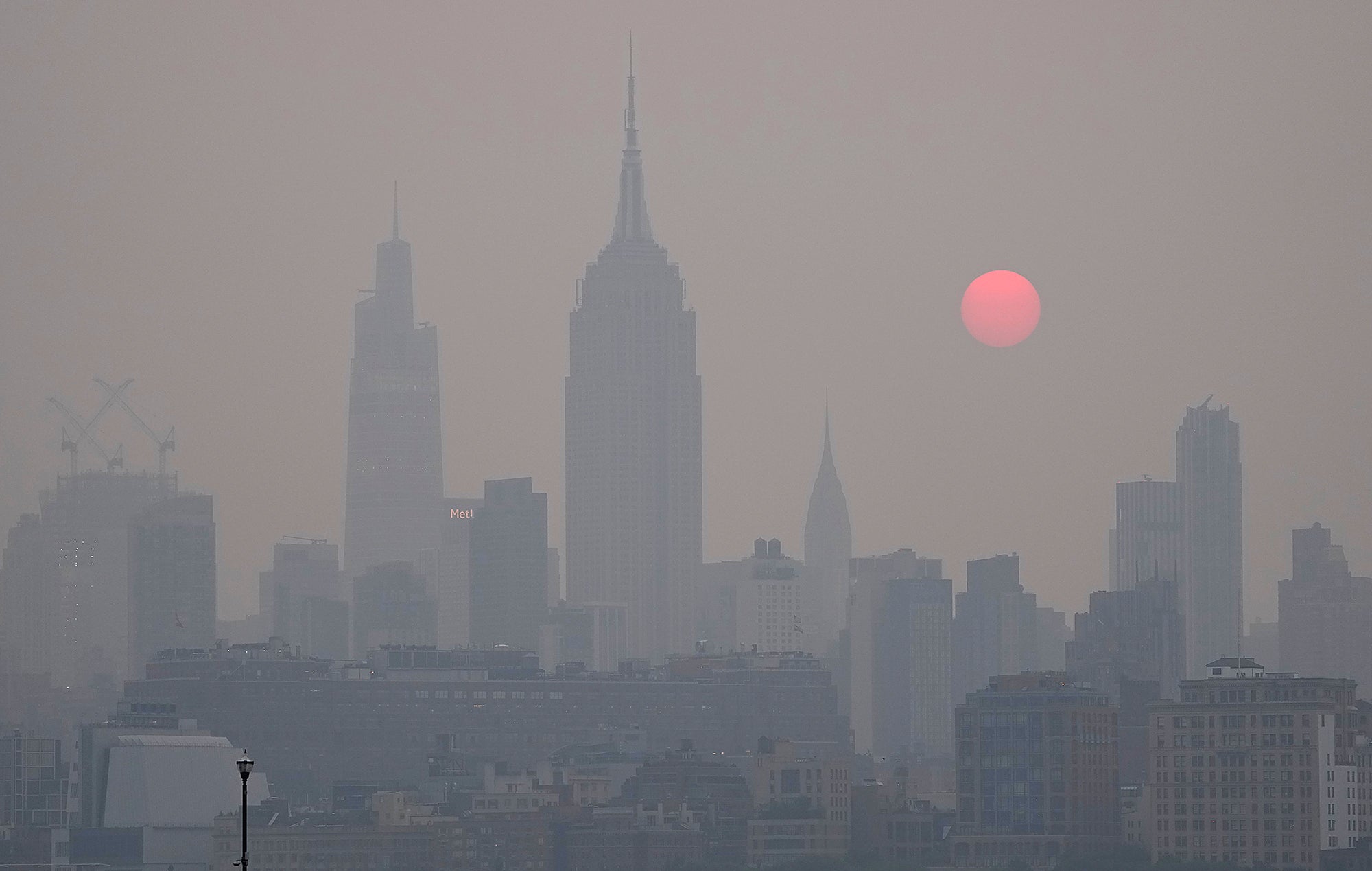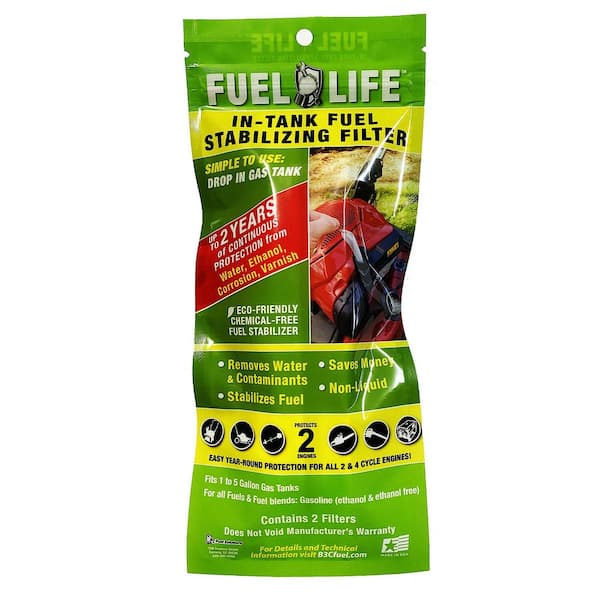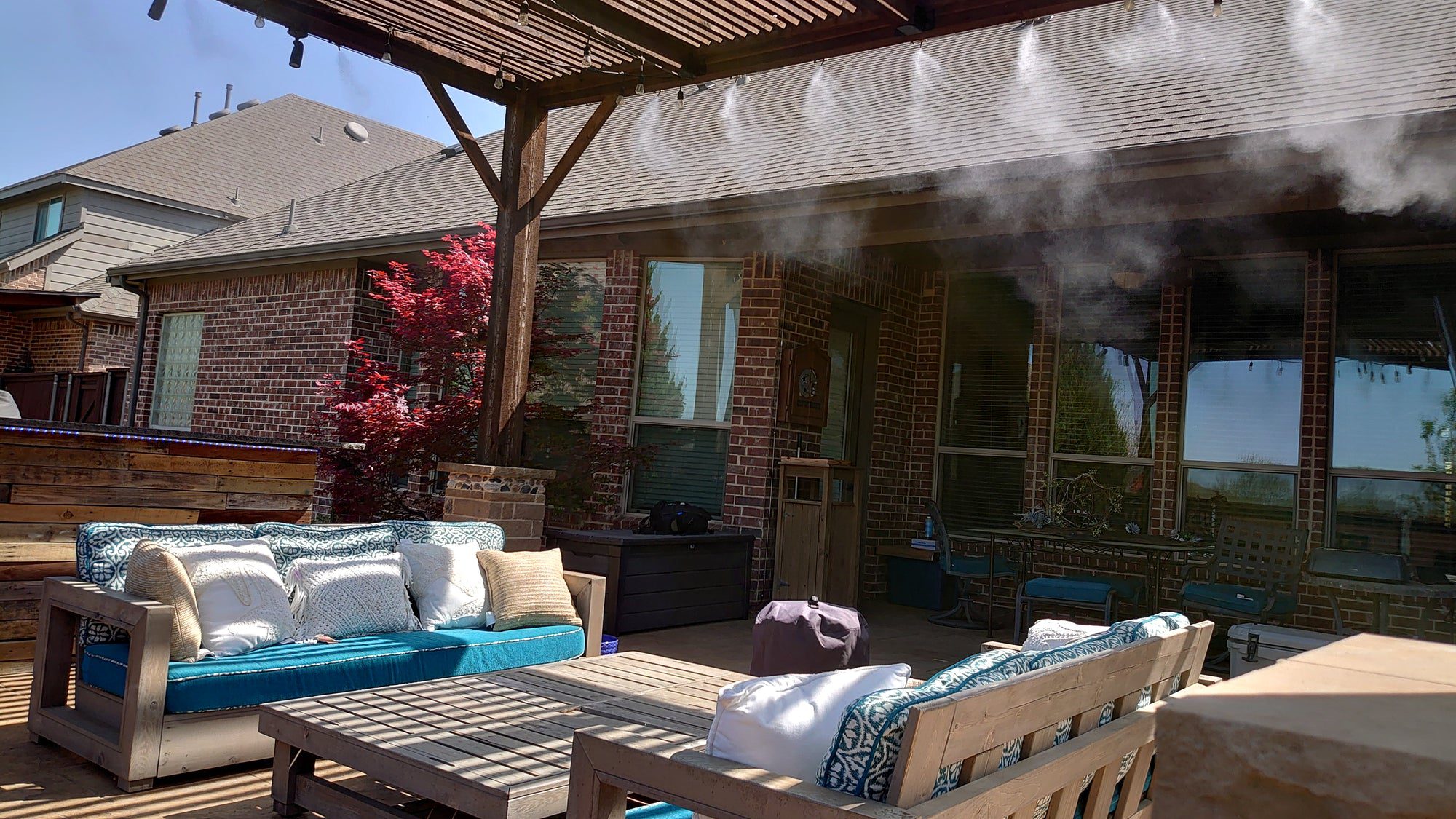A fogging system is a device that produces a fine mist for various applications such as pest control, sanitation, and greenhouse humidification. A fogging system is a versatile device that uses a fine mist to achieve a wide range of applications.
Whether it’s getting rid of pests, sanitizing an area, or creating the ideal environment for plants in a greenhouse, a fogging system can deliver the desired results efficiently and effectively. By producing a fine mist, these systems ensure even coverage and allow the mist to penetrate hard-to-reach areas.
This makes them an excellent choice for controlling mosquitoes, disinfecting large spaces, and maintaining optimal humidity levels in greenhouses. With their diverse applications and efficient performance, fogging systems have become a popular choice for many industries.

Credit: www.nationalgeographic.co.uk
What Is A Fogging System?
A fogging system is an effective method to distribute fine droplets of liquid disinfectants or pesticides in a given area. It helps to reach inaccessible areas, providing thorough coverage and minimizing the risk of contamination or pests.
What is a Fogging System?
A fogging system is a specialized equipment used to release a fine mist or fog of liquid substances into the air. This mist is created by the system’s nozzles, which atomize the liquid into tiny droplets, making it easily spreadable throughout a designated area. The fogging system can be used in various settings, including residential, commercial, and industrial spaces, for a range of purposes such as pest control, sanitation, disinfection, and even climate control.
Key Features of a Fogging System
Fogging systems offer a range of key features that make them highly effective and practical in various applications. Here are some of the key features of a fogging system:
- Versatility: Fogging systems can be used with a wide range of liquid substances, including pesticides, insecticides, disinfectants, deodorizers, and even water-based solutions for humidification.
- Easy Operation: Fogging systems are designed for ease of use, with user-friendly controls that allow for simple operation and adjustment of settings according to the user’s requirements.
- Precision Control: These systems provide precise control over the size of the droplets that are released, ensuring effective coverage and distribution of the desired substance throughout the target area.
- Time and Cost Efficiency: By efficiently dispersing the liquid into fine droplets, fogging systems can cover large areas quickly, saving both time and resources compared to traditional methods of application.
- Portability: Fogging systems are available in various sizes, with compact and portable options that allow for easy transportation and use in different locations as needed.
- Customizability: These systems include adjustable settings that allow users to customize the output density, spray angle, and flow rate based on the specific requirements of the application.
How Does a Fogging System Work?
The working principle of a fogging system is based on the conversion of liquid into a mist or fog. Here’s a simplified breakdown of how a fogging system typically works:
- Liquid Supply: The fogging system is connected to a liquid supply source, which could be a tank or reservoir containing the substance to be dispersed.
- Atomization: The liquid is then transferred from the supply source to the fogging system’s nozzles. These nozzles use pressure or ultrasonic vibrations to break down the liquid into tiny droplets, creating the fog.
- Dispersal: Once atomized, the fog is released into the air through the nozzles, creating a mist-like cloud that spreads throughout the desired area.
- Coverage: The fogging system ensures even coverage by dispersing the fog at a controlled rate and pattern. This ensures that the substance is distributed uniformly, reaching all surfaces and crevices effectively.
- Application: The fogging system can be manually operated or set on a timer, depending on the user’s preference. The liquid fog can be directed towards specific areas or allowed to disperse freely for broader coverage as required.
Benefits Of Using A Fogging System
Using a fogging system offers a range of benefits, including efficient disinfection of large spaces, elimination of odors, and reduction of pests. The system disperses a fine mist of disinfectant or insecticide, covering surfaces thoroughly and providing a hygienic environment.
Using a fogging system can bring several benefits to your environment. From improved air quality to efficient disinfection, pest control, and reduced heat and odor, incorporating a fogging system into your space can positively impact both the health and comfort of those in it.
Improved Air Quality
A fogging system helps to improve air quality by reducing pollutants and allergens in the air. The tiny fog particles produced by the system can effectively remove dust, smoke, and other harmful particles that may be lingering in the environment. This is especially beneficial for individuals with respiratory conditions or allergies as it helps them breathe cleaner, fresher air.
Efficient Disinfection
Fogging systems offer an efficient way to disinfect large areas effectively. The fog particles can reach areas that may be difficult to access with traditional cleaning methods, ensuring thorough sanitation. This is particularly valuable in public spaces such as hospitals, schools, or offices, where maintaining a high level of cleanliness and hygiene is crucial for the well-being of everyone present.
Pest Control
Fogging systems can also be used to control pests effectively. The fog created by the system can evenly distribute insecticides, reaching all corners and crevices where pests may hide. This method is particularly useful in warehouses, food processing facilities, or agricultural settings, where pests pose a significant threat. By utilizing a fogging system, you can effectively eliminate pests in a comprehensive and environmentally friendly way.
Reduced Heat And Odor
In addition to improving air quality and providing efficient disinfection, a fogging system can help reduce heat and odor in your space. The fog particles can help cool down the surroundings, creating a more comfortable environment, especially during hot summer months. Furthermore, the fog can neutralize unpleasant odors by encapsulating odor-causing particles, resulting in a fresher and more pleasant atmosphere for everyone.
Applications Of Fogging Systems
Fogging systems have a wide range of applications in various industries and settings. Whether it’s for creating a comfortable indoor environment, controlling pests in outdoor areas, enhancing agricultural practices, or facilitating industrial processes, fogging systems prove to be versatile and efficient.
Indoor Spaces
Fogging systems offer numerous benefits for indoor spaces. They can be used to improve air quality by reducing dust, allergens, and odors. The fine mist created by fogging systems helps to moisturize the air, making it ideal for dry climates or indoor environments with low humidity. Additionally, fogging systems are also used for disinfection purposes, effectively eliminating harmful bacteria, viruses, and mold spores that may be present in the air or on surfaces. This makes them highly useful in hospitals, schools, offices, and other public places where maintaining a clean and healthy environment is crucial.
Outdoor Areas
In outdoor areas, fogging systems find applications in pest control and temperature regulation. They can be used to disperse insecticides, herbicides, or fungicides, effectively controlling pests and diseases in parks, gardens, and agricultural fields. The fine mist produced by the fogging systems envelops the target area, ensuring thorough coverage and efficient control. Fogging systems can also be utilized to reduce ambient temperature in outdoor spaces during hot summer months, providing a cooling effect through the evaporation of water droplets. This makes them suitable for recreational areas, open-air restaurants, and outdoor events where maintaining a comfortable environment is essential.
Agriculture
Fogging systems have revolutionized agriculture practices by improving crop yield and quality. They are extensively used in greenhouses to regulate temperature and humidity levels, creating optimal growing conditions for plants. The controlled release of water mist using fogging systems ensures that plants receive adequate moisture without the risk of overwatering. Additionally, fogging systems are also employed for pesticide application, ensuring even coverage and minimizing wastage. This results in more effective pest control and reduced pesticide usage, promoting environmentally friendly farming practices.
Industrial Use
Fogging systems find applications in various industrial sectors, including manufacturing, food processing, and pharmaceuticals. In manufacturing facilities, they are used for dust suppression, preventing the dispersion of harmful particles and maintaining a clean working environment. Fogging systems are also employed for cooling purposes in industrial settings where excess heat is generated, helping to regulate temperature and improve workplace safety. In the food processing industry, fogging systems aid in maintaining proper sanitation by efficiently disinfecting processing equipment and storage areas. Furthermore, fogging systems find utility in pharmaceutical production facilities to control airborne contamination and maintain sterile conditions during manufacturing processes.
In conclusion, fogging systems offer versatile solutions for a wide range of applications. Whether in indoor spaces, outdoor areas, agriculture, or various industrial processes, fogging systems prove to be invaluable tools for enhancing comfort, controlling pests, improving air quality, and promoting efficient operations.

Credit: southdakotasearchlight.com
Choosing The Right Fogging System
Choosing the right fogging system is crucial for effective disinfection. With various options available, it is important to consider factors such as coverage area, particle size, and application method to ensure optimal results.
Are you considering investing in a fogging system but not sure where to start? Choosing the right fogging system for your needs is crucial to ensure optimal performance and efficiency. With numerous options available in the market, it can be overwhelming to make a decision. In this article, we will discuss the types of fogging systems and important considerations to keep in mind, so you can confidently choose the best fogging system for your specific requirements.Types Of Fogging Systems
When it comes to choosing a fogging system, it is important to understand the various types available. Each type may vary in terms of their applications, performance, and features. Here are three common types of fogging systems to consider: 1. Thermal Fogging Systems: These fogging systems use heat to convert liquid insecticides or disinfectants into a fog or smoke-like vapor. The vapor is produced by rapidly heating the liquid, which creates very fine particles that disperse into the air. Thermal fogging is ideal for outdoor applications and large spaces due to its ability to reach high altitudes and cover vast areas effectively. 2. Cold Fogging Systems: Unlike thermal fogging systems, cold fogging systems do not rely on heat to produce fog. Instead, they utilize a high-pressure system that compresses air and creates ultra-fine droplets of the liquid solution. Cold fogging systems are suitable for both indoor and outdoor applications and are often favored for their ability to produce a dense fog that can penetrate hard-to-reach areas. 3. Electrostatic Fogging Systems: This innovative fogging system utilizes an electrostatic charge to create positively charged droplets that are attracted to negatively charged surfaces. Electrostatic fogging is highly efficient and allows for better coverage and adherence to surfaces. It is particularly effective for disinfection purposes, ensuring that every nook and cranny is reached.Considerations For Selection
When selecting a fogging system, there are a few important factors to consider. Here are some key considerations to guide your decision-making process: 1. Application: Determine the intended use of the fogging system. Are you looking to control insects and pests, disinfect surfaces, or improve air quality? Different fogging systems are designed for specific applications, so choose one that aligns with your requirements. 2. Coverage Area: Assess the size of the area you need to treat. Ensure the fogging system you choose is capable of effectively covering the entire area. This will help you determine the required capacity and range of the system. 3. Portability: Consider the portability of the fogging system if you require mobility. Some fogging systems are lightweight and easy to transport, making them suitable for outdoor or multi-location use. 4. Safety Features: Safety should always be a priority. Look for fogging systems that come equipped with safety features such as automatic shut-off valves, pressure regulators, and protective gear to minimize the risk of accidents or injuries. 5. Ease of Use and Maintenance: Opt for a fogging system that is user-friendly and easy to maintain. Features such as adjustable droplet size and simple cleaning procedures can make a significant difference in the convenience and longevity of your fogging system. By considering these factors and understanding the different types of fogging systems available, you can confidently choose the right fogging system that meets your specific needs. Remember, investing in a high-quality fogging system will ensure efficient and effective results for your desired application.Maintenance And Safety
Maintenance and safety go hand in hand with fogging systems, ensuring clean and germ-free environments. These systems provide efficient disinfection, preventing the spread of diseases and maintaining a safe atmosphere.
Fogging systems are effective tools for maintaining a clean and safe environment. However, to ensure their optimal performance and longevity, regular cleaning and maintenance are essential. Additionally, safety precautions must be observed to prevent any potential hazards. In this section, we will discuss the importance of cleaning and maintenance as well as the necessary safety precautions.Cleaning And Maintenance
Regular cleaning and maintenance are crucial to keep fogging systems in excellent working condition. By following these steps, you can ensure their efficiency and longevity:- Clean the nozzles: Over time, the nozzles in fogging systems can become clogged with debris or mineral deposits. Clean the nozzles regularly to prevent any blockages that may affect the misting quality.
- Inspect for leaks: Leaks in the system can compromise its effectiveness. Regularly check for any signs of leakage and repair them promptly to prevent wastage and potential damage.
- Replace filters: The filters in fogging systems play a crucial role in ensuring that only clean and filtered mist is released. Replace filters at the recommended intervals to maintain the quality of the mist produced by the system.
Safety Precautions
When operating fogging systems, it is important to prioritize safety to avoid accidents or injuries. Take the following safety precautions into consideration:- Wear protective gear: Before starting the fogging system, ensure that you are wearing the appropriate personal protective equipment, including gloves, goggles, and a mask. This will protect you from any potential exposure to chemicals or particles.
- Keep bystanders away: Always operate the fogging system in an area where there are no bystanders to prevent accidental exposure. Restrict access to the area during the fogging process.
- Follow manufacturer’s instructions: Read and understand the manufacturer’s instructions and guidelines for the safe operation of the fogging system. Adhere to their recommendations regarding dosage, application, and safety precautions.
- Ventilate the area: Ensure that the area being fogged is properly ventilated to prevent the accumulation of fumes or mist. Open windows or use fans to promote air circulation during and after the fogging process.
- Store chemicals safely: Properly store all chemicals used in the fogging system in a secure and well-ventilated area. Follow the manufacturer’s instructions for storage to prevent accidents or chemical reactions.

Credit: earthjustice.org
Frequently Asked Questions For Fogging System
What Is A Fogging System?
A fogging system is a device that generates and disperses fine droplets of a liquid, typically a pesticide or disinfectant, into the air. It is commonly used in agriculture, pest control, and sanitation to eliminate pests, control odors, and sanitize large areas effectively.
How Does A Fogging System Work?
A fogging system works by pressurizing the liquid inside the device, forcing it through a special nozzle that breaks it down into fine droplets. These droplets are then propelled into the air, where they spread and settle on surfaces. The droplets can penetrate hard-to-reach areas, ensuring comprehensive coverage and effective treatment.
What Are The Benefits Of Using A Fogging System?
Using a fogging system offers several benefits. It allows for efficient and uniform distribution of the liquid, ensuring thorough coverage. The fine droplets can reach areas that traditional spraying methods may miss. Additionally, fogging systems are versatile and can be used in various applications, such as pest control, mold remediation, and odor elimination.
Is A Fogging System Safe To Use?
When used properly and following manufacturer’s instructions, a fogging system is generally safe to use. However, it is essential to use the appropriate protective gear and ensure proper ventilation when using certain chemicals. It is also essential to select the right type of fogging system for your specific application and consult with professionals if needed.
Conclusion
To conclude, a fogging system is an effective solution for various applications, from pest control to sanitization. Its ability to disperse fine droplets ensures thorough coverage of targeted areas, promoting efficiency and cost-effectiveness. By harnessing the power of fog, this system can eradicate pests, neutralize odors, and disinfect spaces effectively.
With its ease of use and customizable features, fogging systems are becoming increasingly popular in various industries, providing a practical and convenient solution for maintaining a clean and healthy environment.
- Aggregate Dispatch Software: Revolutionize Your Logistics! - July 19, 2024
- Heavy Haul Dispatch Software: The Ultimate Efficiency Booster - July 8, 2024
- Intermodal Trucking Dispatch Software: Streamline Logistics! - June 27, 2024



